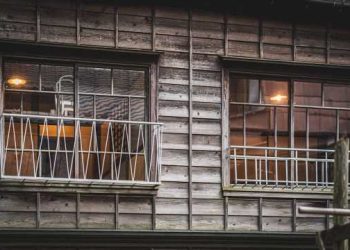Green building practices have gained significant traction in recent years as the world continues to push for sustainable and eco-friendly construction methods. These practices not only benefit the environment but also offer a wide range of advantages for builders, homeowners, and the community at large. From reducing energy costs to improving indoor air quality, the benefits of green building practices are numerous and wide-reaching.
One of the key benefits of green building practices is their positive impact on the environment. By using sustainable materials, reducing energy consumption, and incorporating environmentally-friendly design elements, green buildings help to minimize their carbon footprint and conserve natural resources. This is crucial in the fight against climate change and in preserving the earth for future generations.
Another major advantage of green building practices is the significant cost savings that they can offer. While the upfront costs of implementing green technologies and materials may be higher than traditional construction methods, the long-term savings in energy costs and maintenance expenses can be substantial. Green buildings are designed to be energy-efficient, which means lower utility bills for homeowners and reduced operational costs for businesses.
In addition to cost savings, green building practices also have the potential to increase property values. Studies have shown that homes and buildings with green certifications or energy-efficient features command higher prices on the market and are more attractive to potential buyers. This can result in a higher return on investment for builders and homeowners who choose to incorporate green elements into their projects.
Green buildings also offer improved indoor air quality, which can have a significant impact on the health and wellbeing of occupants. By using low-VOC paints and finishes, natural ventilation systems, and air filtration technologies, green buildings help to reduce indoor pollutants and allergens, creating a healthier living and working environment. This can lead to fewer sick days, increased productivity, and improved overall quality of life for occupants.
Lastly, green building practices can help to create a more sustainable and resilient community. By promoting sustainability and resource conservation, green buildings can inspire others to adopt similar practices and contribute to a more eco-friendly society. This can have far-reaching impacts on public health, economic development, and social equity.
In conclusion, the benefits of green building practices are clear and far-reaching. From cost savings to environmental conservation to improved health and wellbeing, green buildings offer a wide range of advantages for builders, homeowners, and communities alike. By incorporating sustainable design elements and technologies into construction projects, we can help to create a more sustainable and resilient future for all. To learn more about green building practices and their benefits, visit ydyconstruction.com.











